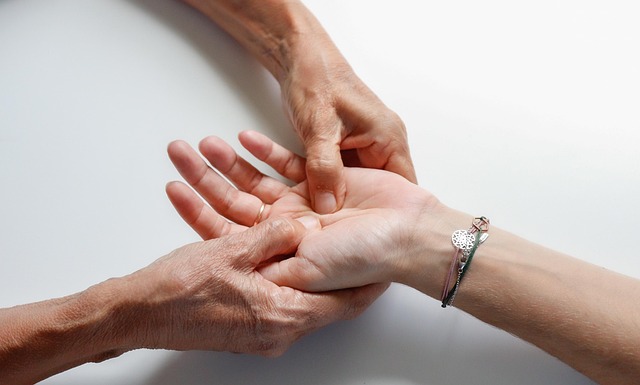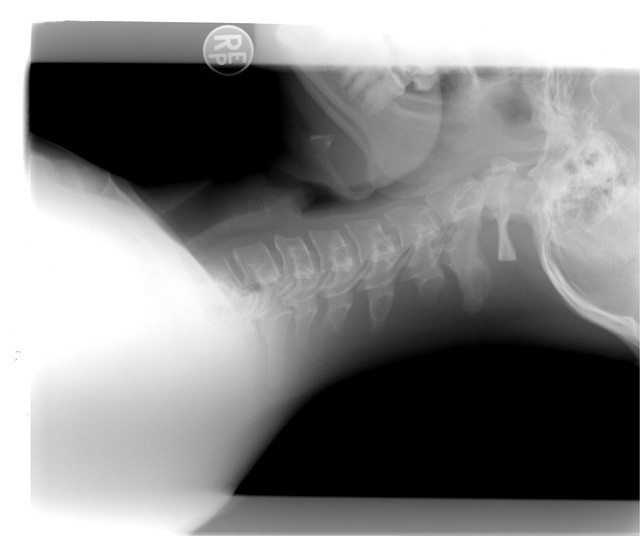In 2015, a pilot study led by a team of researchers, including Alessandro Carvalho and colleagues, highlights the potential benefits of strength training (ST) and aerobic training (AT) as supplementary treatments for Parkinson’s disease (PD). The study, published in [Journal Name if known], aimed to compare the effects of these exercise programs with traditional physiotherapy on motor symptoms, functional capacity, and brain activity in patients with PD.
Parkinson’s disease, a progressive neurological disorder, is often accompanied by debilitating motor symptoms such as tremors, stiffness, and difficulty with movement. While physical rehabilitation is commonly used to help manage these symptoms, the study sought to determine which type of physical activity might offer the most significant improvements.
The research involved 22 patients with PD, who were randomly assigned to one of three intervention groups: aerobic training, strength training, or physiotherapy. Over the course of 12 weeks, participants engaged in their respective activities twice a week. Aerobic training was performed at 70% of the participants’ maximum heart rate, while strength training was conducted at 80% of one repetition maximum. The physiotherapy group received standard care in a group setting.
To assess the impact of these interventions, the researchers measured disease symptoms using the Unified Parkinson’s Disease Rating Scale (UPDRS), functional capacity through the Senior Fitness Test, and brain activity via electroencephalography (EEG) before and after the 12-week period.
The results were striking. Both the strength training and aerobic training groups showed substantial improvements in motor symptoms, with the UPDRS-III scores improving by 27.5% and 35%, respectively. These results contrast sharply with the physiotherapy group, which saw only a modest 2.9% improvement. Additionally, all three groups exhibited gains in functional capacity after the intervention period.
The EEG analysis revealed significant effects of the interventions on brain activity, further underscoring the potential of ST and AT to positively impact neurological function in PD patients.
The findings suggest that strength training and aerobic exercise may be more effective than traditional physiotherapy in managing motor symptoms and enhancing functional capacity in Parkinson’s patients. The study’s authors advocate for further research to confirm these findings and explore the mechanisms underlying the observed benefits.
This pilot study adds to a growing body of evidence that exercise, particularly strength and aerobic training, could play a crucial role in the holistic management of Parkinson’s disease, offering hope for improved quality of life for those affected by this challenging condition.
Reference: Carvalho, A., Barbirato, D., Araujo, N., Martins, J. V., Cavalcanti, J. L. S., Santos, T. M., & Deslandes, A. C. (2015). Comparison of strength training, aerobic training, and additional physical therapy as supplementary treatments for Parkinson’s disease: pilot study. Clinical interventions in aging, 183-191.




